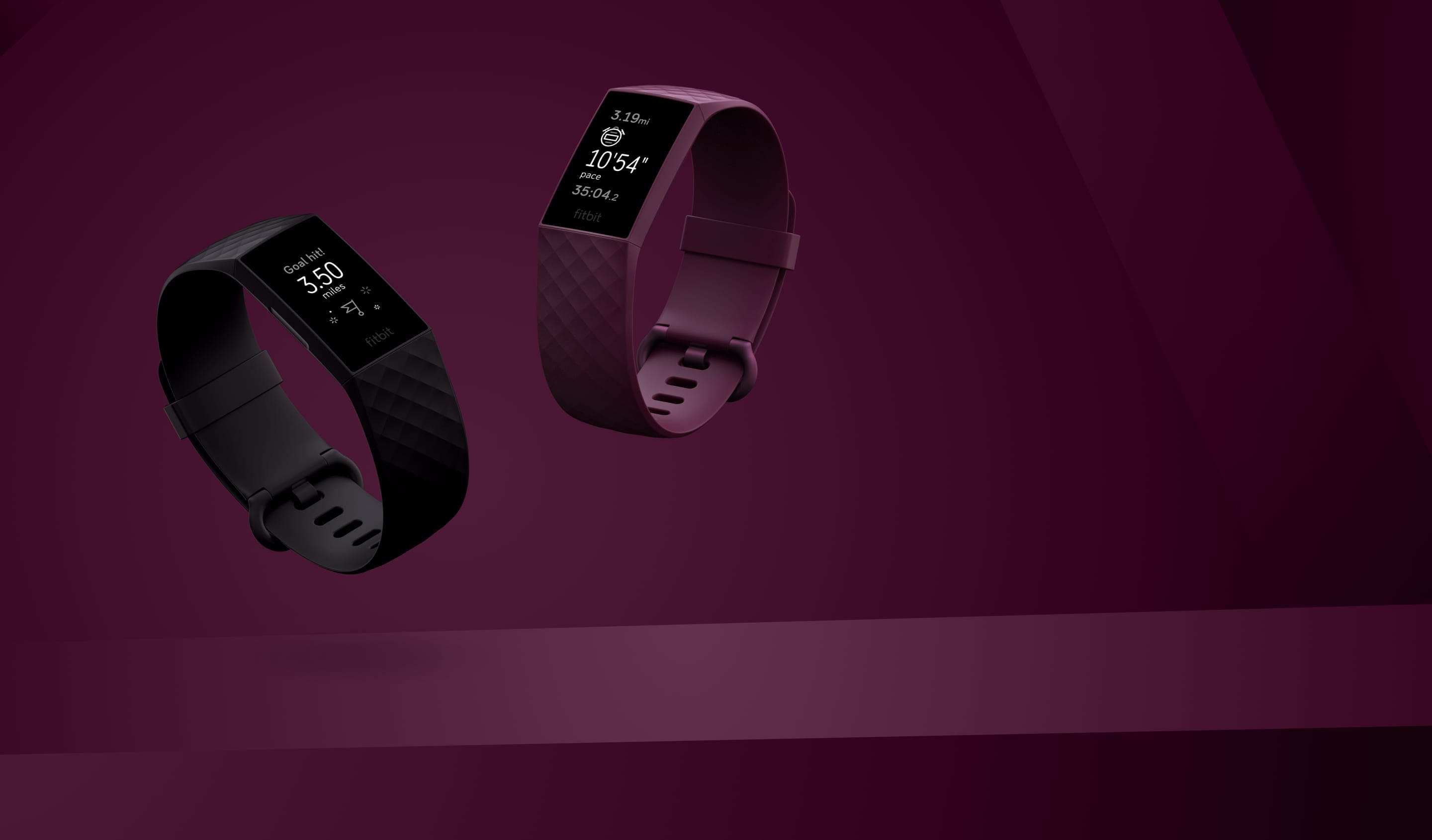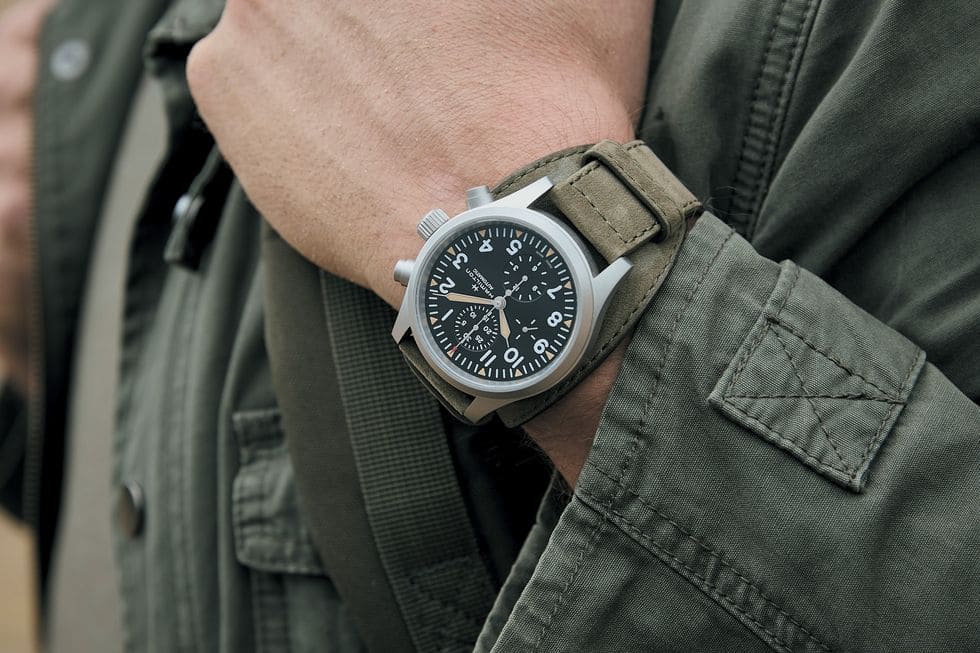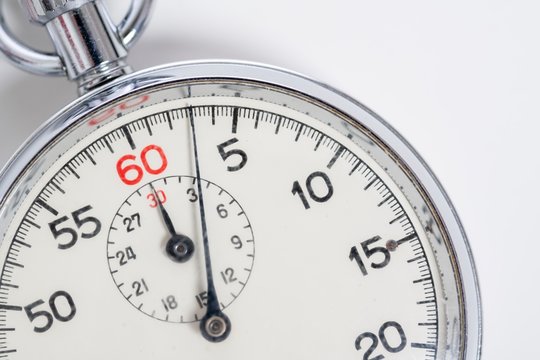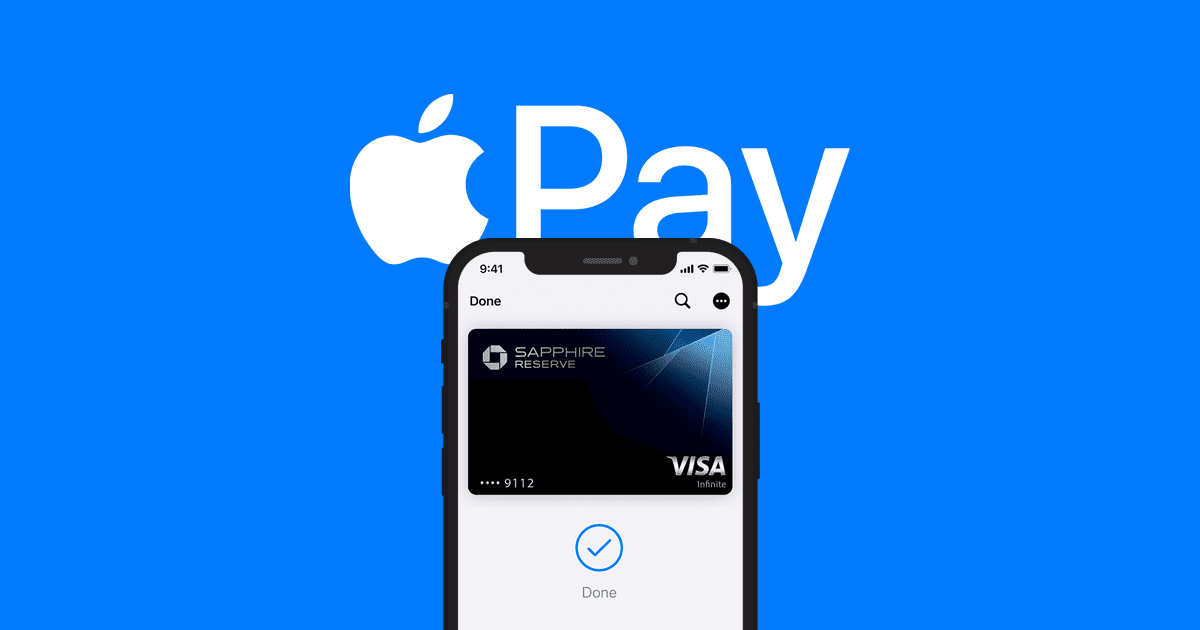As a fitness instructor, I have friends who continue to use "old school" analog training stopwatches and refuse to contemplate switching to a digital one.
Why would they choose an analog stopwatch over a digital one, even though the latter is more expensive?
The solutions can be found in the article!
The first thing that comes to mind when we hear the word "Stopwatch" in athletics as coaches mostly use it to teach athletes.
It is, however, also used for various purposes. The most popular stopwatches these days are digital stopwatches, which are readily available and used by many athletes. However, the Analog Training Stopwatches are still used by most individuals.
Additional Reading: What Smartwatches Are Compatible With Motorola Smartphones?
Digital versus Analog Training Stopwatches
We'll take you on a tour through the history of stopwatch in this detailed overview.
We'll compare analog and digital training stopwatches, so you'll know which is best by the end of this article. Isn't it intriguing? Let's get this party started.
Stopwatches: A Brief History
Watches are not a new concept, and you'll be surprised to learn that they've been around for over 600 years. Our forefathers designed watches to help them keep track of time and arrange their lives.
The first known artificial clock came from 3500 BC, when Ancient Egyptians began utilizing towering tonnes to keep track of time.
They used to tell time by observing the shadows cast by the stones on the ground.
Since then, clocks have come a long way.
The first record dated from 1776 when Frenchman Jean-Moyes Pouzai demonstrated the stopwatch functions on a regular clock for stopwatches.
He kept track of the time by scribbling the amount of pun movement on a sheet of paper. "Chronograph" was the name he gave to his stopwatch.
After 50 years, Nicolas Mathieu Rieussec developed Jean-Moyes' concept. When King Louis XVIII needed to know how quickly his horses were going on the racetrack, he presented his chronograph version.
Nicolas' chronograph version performed admirably in the race, earning him the "Father of Chronograph."
The clock was the first and most accurate type of stopwatch. Tag Heuer, on the other hand, created the first stopwatch. The business developed a very accurate stopwatch capable of measuring time intervals in fractions of a second.
The company also released a new stopwatch called the "Micrograph." The micrograph could measure time intervals as small as 1/100th of a second, which was quite accurate at the time.
In 1972, Acuusplit introduced the first digital stopwatch, well-received by athletes.
Endorsements boosted the popularity of Digital stopwatches from well-known athletes such as Jackie Joyner-Kersee. The company also provided stopwatches for the 1996 Olympic Games.
Additional Reading: Which is better: Fitbit Charge 5 or Samsung Galaxy Watch 4?
What is the purpose of an Analog Training Stopwatch?
Training in Analog Stopwatches is mechanical and relies on "Mainsprings" to function. Torsion springs are called mainsprings because they must be wound before they unwind.
These watches have a winding knob on the top of the watch to wind the stopwatch. To countdown the time, you wind the device frequently.
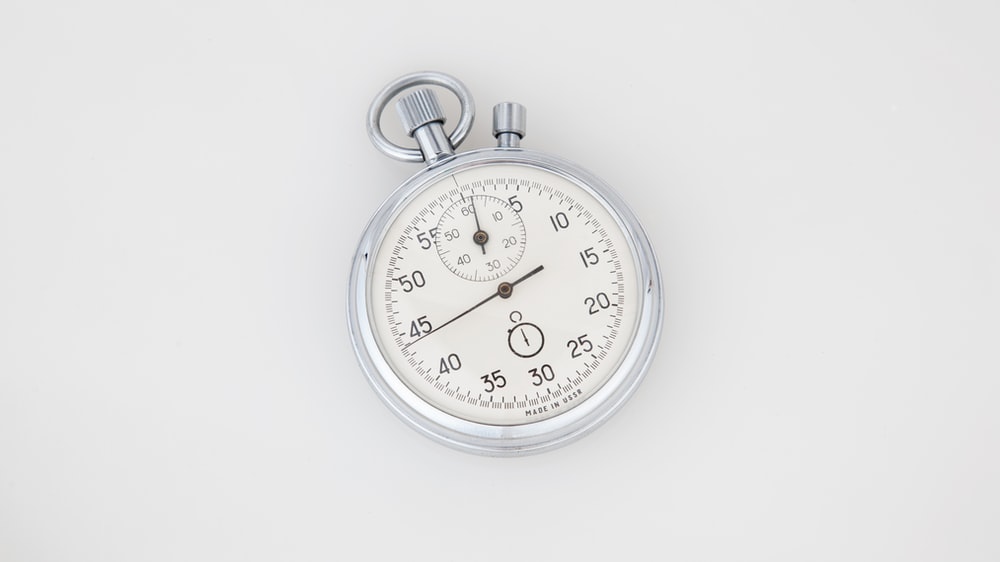
How does a digital stopwatch for training work?
The "Crystal Oscillator" is a highly accurate electronic unit that includes Digital Training Stopwatches. It operates in harmony by vibrating quartz to provide a very accurate and stable frequency, which aids the component in determining the time accurately.
Stopwatches for Analog Training Have a Lot of Advantages
Some of the advantages of using Analog/Mechanical Training Stopwatches are listed below.
The "Classic Feel" is one of the key reasons anyone would want to utilize the Analog Training stopwatch in 2022. The Analog Training Stopwatches have a traditional feel that digital stopwatches lack.
Mechanical Training Stopwatches are easier to read because they have a larger dial on which you can readily determine the time.
Additional Reading: Best Stress Monitor Apps for Apple Watch
Digital Training Stopwatches Have a Lot of Advantages
Digital training stopwatches are the most precise because they can properly measure time in 1/100th of a second interval. If you desire even more precision, you can measure time in 1/100th of a second interval, which is astounding.
Compared to mechanical training stopwatches, digital training stopwatches have a rubber construction that makes them more robust.
In low light, digital training watches are easier to read.
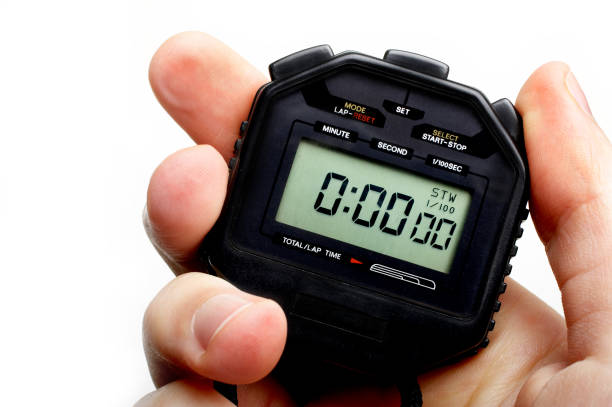
Which is better: analog or digital training stopwatches?
You're already familiar with Analog and Digital Training Stopwatches if you've made it this far. Let's compare and contrast the two types of watches regarding accuracy and durability, as these are crucial considerations for athletes.
Analog Training stopwatches are extremely accurate, allowing you to measure time intervals in 1/100th of a second.
You may measure the time interval up to 1/1000th of a second with digital training stopwatches, which provides higher accuracy. Digital stopwatches are the clear victor in terms of accuracy.
When it comes to stopwatches, durability is another crucial consideration. Analog stopwatches have mechanical components that can be destroyed if the stopwatch is dropped from a particular height.
Digital stopwatches have a rubber tip that is more durable than analog stopwatches with mechanical components made of metal.
In terms of durability, we believe that Digital Stopwatches outperform Analog watches.
Additional Reading: HP vs. Lenovo Laptops
Conclusion
That's all there is to it, guys. You now know which timer is the best for you. Because they are more accurate and durable, digital stopwatches are very popular. While some people still use analog training watches, they are more expensive than digital training watches. The Analog training watch is for you if you want a classic design and feel.
On the other side, a digital stopwatch is a more accurate stopwatch with more durable construction. Any suggestions should be posted in the comments section below. Check the official website for further information.
Luke is passionate about fostering student involvement and connection. He studied psychology for his major and likes learning about the past. Luke aims to specialize in artificial intelligence and cybersecurity. .
Leave a reply
Your email address will not be published. Required fields are marked *Recent post

What is the Difference Between Garmin Connect Vs Strava?
